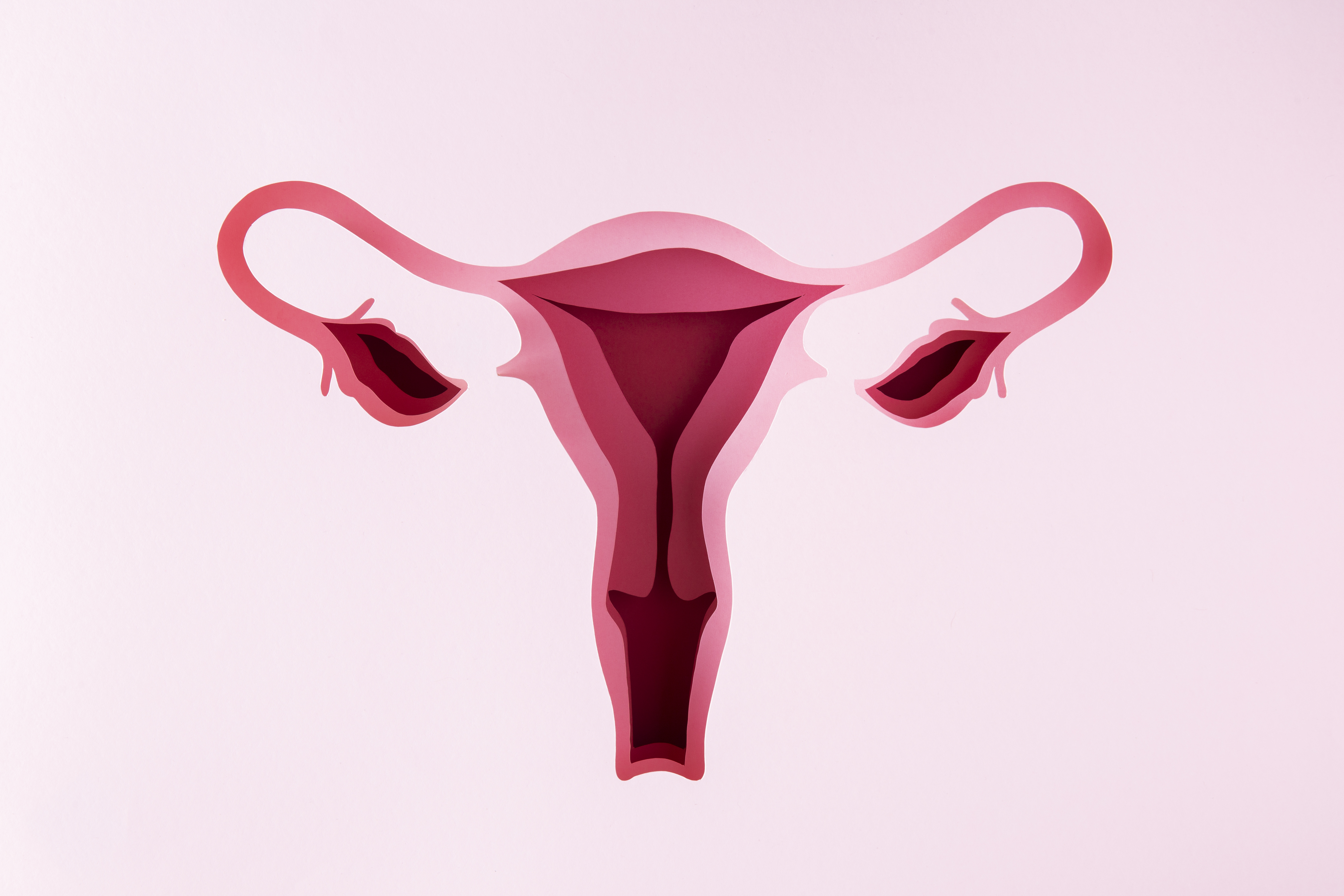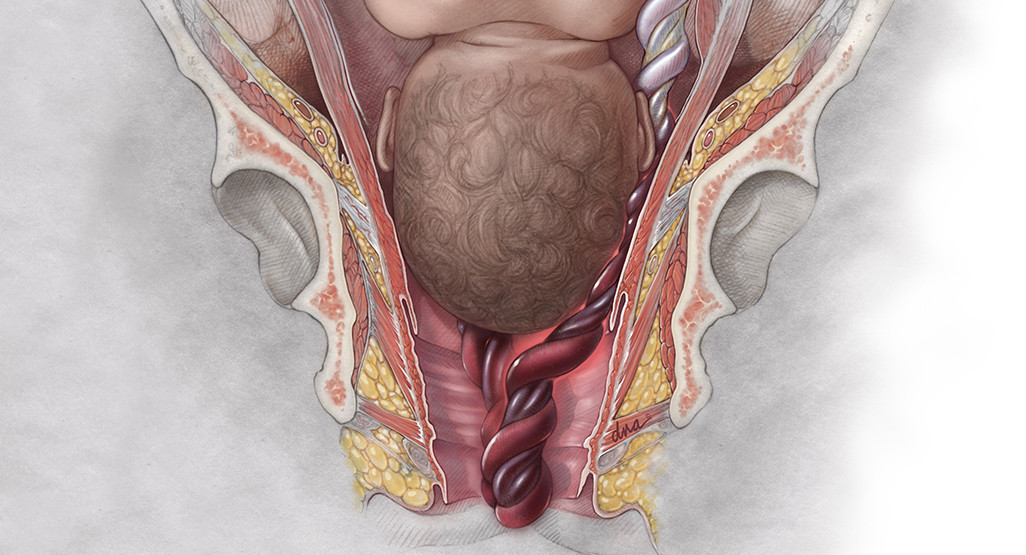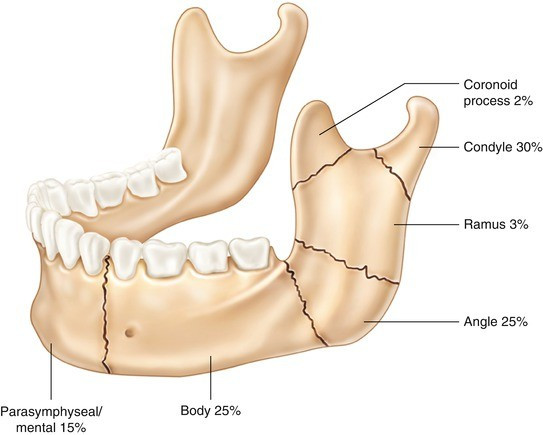Definisi
Ruptur uretra adalah kondisi tidak utuhnya jaringan uretra akibat trauma atau cedera tertentu. Uretra sendiri adalah saluran penghubung antara kandung kemih ke luar tubuh. Jadi, setiap urine yang keluar dari tubuh kita akan melewati uretra terlebih dahulu sebelum terbuang. Walaupun jarang terjadi, kondisi ini merupakan kasus kegawatdaruratan dalam sistem kemih manusia dan harus ditangani segera.
Karena ukuran uretra pria lebih panjang, maka ruptur uretra lebih sering terjadi pada pria dibanding wanita. Umumnya, pria yang berusia 11-25 tahun yang sering mengalami ruptur uretra.
Ruptur uretra dapat terjadi secara:
- Komplit (mengenai seluruh bagian uretra)
- Inkomplit (hanya terjadi pada sebagian uretra)
Selain itu, ruptur uretra juga dapat terbagi sesuai lokasinya, yakni:
- Ruptur uretra anterior (terjadi pada bagian depan uretra)
- Ruptur uretra posterior (terjadi pada bagian belakang uretra)
Cedera ini dapat menimbulkan perlukaan pada uretra, berdampak pada kualitas hidup dan bisa membahayakan jiwa. Luka yang timbul bisa memperlambat atau menghambat aliran urine dari penis. Pemeriksaan dan tata laksana yang efektif serta cepat, merupakan hal yang penting untuk menurunkan angka kematian dan kecacatan akibat ruptur uretra.
Penyebab
Ruptur uretra dapat disebabkan oleh berbagai jenis cedera, baik itu cedera tumpul, cedera tajam, atau cedera iatrogenik (cedera yang disebabkan akibat alat–alat medis).
- Contoh cedera tumpul adalah cedera akibat patah atau retaknya tulang pinggul dan penis.
- Cedera tajam yang paling sering menyebabkan ruptur uretra adalah luka tembak dan luka tusuk.
- Cedera iatrogenik paling sering disebabkan oleh instrumen endoskopi dan pemasangan kateter.
Secara keseluruhan, kasus ruptur uretra paling sering disebabkan akibat kecelakaan lalu lintas dan kasus jatuh dari ketinggian. Selain itu, salah satu penyebab lain diketahui dapat menjadi penyebab ruptur uretra adalah perilaku seksual.
Faktor risiko
Faktor risiko dari ruptur uretra bermacam-macam, namun yang paling sering adalah:
- Jenis kelamin laki-laki
- Fraktur pelvis (patah tulang pinggul)
- Kecelakaan motor
- Fraktur penis atau penis patah
Gejala
Ruptur uretra dapat menimbulkan gejala sebagai berikut, yakni terdapatnya darah di urine (hematuria) atau urine terlihat berwarna merah. Kandung kemih juga bisa teraba dan penuh.
Urine akan tertahan di dalam kandung kemih karena jaringan uretra yang tidak utuh. Kondisi ini bisa menyebabkan urine tidak dapat keluar dari kandung kemih (retensi urine), nyeri pada daerah selangkangan, dan sensasi nyeri saat buang air kecil.
Diagnosis
Dokter akan melakukan pemeriksaan lengkap mulai dari wawancara, pemeriksaan fisik, dan pemeriksaan penunjang untuk menegakkan diagnosis.
Wawancara Medis
Bila pasien sadar, wawancara akan dimulai dengan menanyakan:
- Keluhan utama pasien dan keluhan yang menyertai
- Riwayat buang air kecil terakhir
- Apakah ada nyeri saat berkemih
- Riwayat cedera
- Riwayat penyakit terdahulu
- Riwayat penyakit keluarga
Pemeriksaan Fisik
Pemeriksaan fisik juga akan dilakukan untuk mengecek tanda-tanda vital pasien seperti kesadaran pasien, tekanan darah, nadi, dan laju nafas. Kemudian dokter akan melihat kondisi selangkangan dan sekitar uretra pasien.
Pada pasien dengan ruptur uretra anterior, akan terlihat jelas adanya perdarahan di kulit sekitar selangkangan yang khas dan membentuk pola seperti kupu kupu (butterfly hematome).
Dokter juga akan melakukan pemeriksaan colok dubur, selain untuk memeriksa letak prostat pada pria, pemeriksaan ini juga dapat membantu untuk menentukan letak cedera uretra.
Pemeriksaan Penunjang
Pemeriksaan penunjang berupa pemeriksaan laboratorium dan pemeriksaan radiologi dilakukan untuk membantu menegakkan diagnosis. Pemeriksaan laboratorium dibutuhkan untuk mengecek apakah ada kondisi lain pada pasien yang memerlukan bantuan, sehingga bila akan dilakukan operasi, dokter akan siap dengan informasi laboratorium agar pasien tidak mengalami perburukan dan mencegah komplikasi.
Untuk pemeriksaan radiologi, pemeriksaan radiologi yang dapat dilakukan adalah dengan uretrografi retrograd (RUG). Pemeriksaan ini direkomendasikan karena dapat cepat, akurat, sederhana, dan dapat menunjukkan keparahan serta kokasinya, yang nanti dapat membantu menentukan tatalaksana yang akan diambil.
CT Scan juga dapat dilakukan sebagai pemeriksaan yang ideal untuk saluran kemih. Sedangkan untuk MRI, modalitas ini berguna sebagai pencitraan sebelum dilakukan tindakan rekonstruksi uretra (dilakukan untuk memperbaiki bentuk uretra dan mengangkat jaringan luka). Jadi, bisa disimpulkan bahwa pemeriksaan radiologi yang paling disarankan untuk membantu diagnosis adalah uretrografi retrograd diantara ketiga modalitas diatas.
Tata Laksana
Karena penyakit ini merupakan kegawatdaruratan, maka tata laksana awal bertujuan untuk menstabilkan kondisi pasien akibat perdarahan. Setelah pasien stabil, dokter spesialis urologi akan melakukan terapi tergantung pada jenis, dan lokasi cedera. Tentunya, penanganan tiap kasus akan berbeda dengan pertimbangan masing-masing kondisi dan keputusan dokter spesialis bedah urologi.
Pada beberapa kasus yang tidak terlalu parah, dokter akan memasang selang urine melalui atas perut (kateter suprapubik) dan membiarkannya terpasang sekitar 14–21 hari. Kemudian, dokter akan melakukan pemeriksaan ulang untuk melihat apakah keadaan uretra membaik atau tidak. Bila keadaan uretra dan fungsinya membaik, maka operasi rekonstruksi uretra (uretroplasti) tidak perlu dilakukan.
Namun pada kasus ruptur uretra bagian belakang, dokter akan memasang selang urine di perut sekitar 3–6 bulan untuk melakukan pemantauan. Prosedur uretroplasti akan dilakukan setelah keadaan memungkinkan.
Bila kondisi pasien tidak stabil dan gagal operasi, maka perlu dilakukan tindakan sistostomi suprapubik, yakni tindakan pengambilan urine melalui jarum yang ditusukkan ke dalam kulit yang terhubung dengan kandung kemih agar urine dapat mengalir. Uretroplasti dapat dilakukan tidak lebih dari 14 hari setelah cedera.
Pencegahan
Pencegahan dari ruptur uretra sendiri meliputi pencegahan aktivitas yang berisiko untuk menimbulkan cedera. Contohnya adalah:
- Mengendarai kendaraan dengan kecepatan yang aman, sehingga kecelakaan lalu lintas dapat dihindari.
- Aktivitas seperti lompat dari ketinggian tanpa pengaman juga harus dihindari untuk mencegah terjadinya cedera yang dapat berpotensi menimbulkan ruptur uretra.
- Untuk tenaga medis, pastikan selalu menggunakan kateter dengan ukuran yang sesuai dengan ukuran uretra pasien. Ukuran kateter yang tidak sesuai dapat melukai pasien dan menimbulkan ruptur uretra.
Komplikasi
Ruptur uretra berpotensi untuk menimbulkan berbagai komplikasi untuk pasien. Komplikasi dapat terjadi dalam jangka pendek ataupun jangka panjang.
Komplikasi jangka pendek meliputi:
- Infeksi sekunder, munculnya abses atau benjolan berisi nanah pada area di sekitar uretra.
- Pada kasus yang ekstrim dapat menyebabkan gangren Fournier atau jaringan kulit yang mati akibat infeksi pada daerah skrotum, penis, dan sekitarnya.
Untuk komplikasi jangka panjang, dapat terjadi:
- Stenosis uretra yakni tersumbatnya saluran uretra.
- Striktur uretra, munculnya fibrosis atau jaringan parut pada saluran uretra.
- inkontinensia urine atau ketidakmampuan seseorang menahan rasa ingin buang air kecil
- Disfungsi ereksi
Maka dari itu, perlu penanganan secara keseluruhan untuk pasien dengan ruptur uretra.
Kapan Harus ke Dokter?
Anda harus segera ke dokter apabila mengalami cedera yang mengenai daerah pinggul, pinggang, dan selangkangan anda. Selain itu, bila anda mengalami gejala sulit buang air kecil, terdapat darah di selangkangan setelah cedera, dan terdapat darah di urine, segeralah ke dokter. Kondisi ini termasuk ke dalam kondisi gawat darurat dan harus ditangani segera.
Mau tahu informasi seputar penyakit lainnya? Cek di sini, ya!
- dr Hanifa Rahma
Kusumajaya, C. (2020). Diagnosis dan Tatalaksana Ruptur Uretra. Retrieved 21 July 2022, from http://www.cdkjournal.com/index.php/CDK/article/viewFile/675/440
Leslie S., Nelson Q., Baker J., (2022). Urethral Injury. Retrieved 21 July 2022, from https://www.ncbi.nlm.nih.gov/books/NBK554575/
Urology Care Foundation - Urethral Trauma. (2022) Retrieved 21 July 2022, from https://www.urologyhealth.org/urology-a-z/u/urethral-trauma#:~:text=Most%20posterior%20urethral%20injuries%20need,skin%20(%22suprapubic%22












